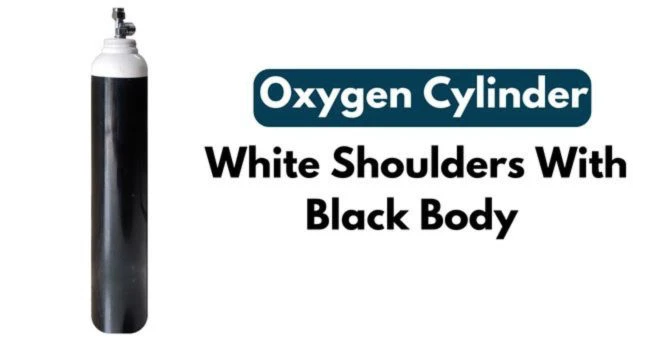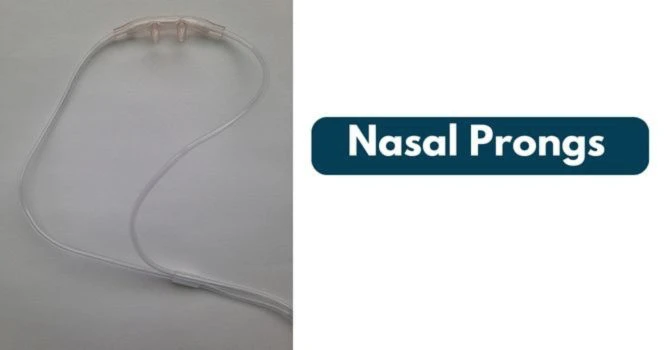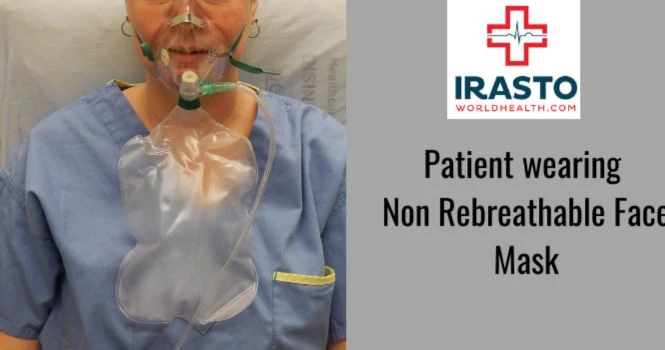Which Oxygen Concentrator to Buy?
Oxygen is considered a Drug and should only be used under the supervision and advice of your Doctor.
Let’s see what things to keep in mind, while buying an Oxygen concentrator
Oxygen is used in many conditions which require supplemental oxygen temporarily or on a regular basis, according to the condition of the patient.
Few conditions which require supplemental oxygen are,
- At High altitudes, like in mountaineering
- COVID-19
- Pneumonia
- Heart Failure
- Heart attacks
- Asthma
- Chronic Obstructive Pulmonary Disease or COPD
- Pulmonary Fibrosis
- Sleep Apnea
The aim of supplemental oxygenation is
- To improve oxygen supply to tissues
- To decrease the work of breaking
- To lessen the load on the heart
Supplemental oxygen can be given either through oxygen concentrator or Oxygen cylinder or tank.
Which Oxygen Concentrator to Buy for use at Home?
When buying an oxygen concentrator it’s important to understand that it’s used only under the supervision of your doctor.
Your doctor would prescribe the litres of oxygen to be given via nasal prongs to keep the saturation within normal range.
The Max Capacity of Oxygen Concentrator is 5L/minute , though some 10L/min oxygen concentrators are also found in the market.
It means the Oxygen concentrator is concentrating the 21% oxygen found in the Atmospheric air to Pure oxygen of 95% or more
Composition of Atmospheric Air
- Oxygen 20.84 %
- Carbon Dioxide 0.04 %
- Nitrogen 78.62 %
- Water Vapour 0.5 %
The Oxygen concentrators extracts pure oxygen from the air and delivers it. It is connected with a power supply and works as long as there is Power supply to it.
BEFORE BUYING ,
Make Sure that the Oxygen concentrator is delivering out Pure oxygen of at least more than 90% at 5 Litres.
When you set the knob to the Flow rate of 1 Litre / minute, then The output of Oxygen should show more than 90%, preferably more than 95%. In the same way, when it is set at 2L/min
2 Litre / minute = The output of Oxygen should show more than 90% or more
3 Litre / minute = The output of Oxygen should show more than 90% or more
4 Litre / minute = The output of Oxygen should show more than 90% or more
5 Litre / minute = The output of Oxygen should show more than 90% or more
WHAT NOT TO BUY
You shouldn’t buy concentrators whose purity drops as the litres per minute increases and they wouldn’t be helpful.
Which water is used in the Oxygen Concentrator?
Oxygen is not given directly but through a humidifier .
Oxygen has a drying effect on mucous membrane resulting in airway damage and secretions tend to become thick and difficult to clear.
Usually distilled water is used but in case of emergency you could use normal water too.
Which is better Oxygen tank or Oxygen concentrator?
For continuous oxygen delivery of 5 litres per minute, then Oxygen Concentrators are preferred and it is connected with a power source. As long as the power source is ON, the oxygen concentrator dispenses oxygen.
If the patient is on Oxygen at 5 Litres/ minute with oxygen Concentrator but the Oxygen saturation or Spo2 measured by pulse oximeter shows that it is not being maintained within normal limits. Then it means,
The patient’s requirement is more, then Oxygen Cylinders can be used or it could be better taken care of, at the hospital. Oxygen cylinder or tank doesn’t require any power supply and can deliver higher litres of oxygen per minute.
Oxygen cylinders are colour coded . Black with white shoulders is an Oxygen Cylinder.

With Nasal Prongs ,
The flow rates can be 1 L/Minute to 6 L /Minute,

But for Higher flow rates of 10L to 15L/minute,

You could use , Oxygen Mask with Non Rebreathable Mask.
Sources
https://www.who.int/emergencies/diseases/novel-coronavirus-2019/media-resources/science-in-5/episode-33
ICUnurses, CC BY-SA 4.0 <https://creativecommons.org/licenses/by-sa/4.0>, via Wikimedia Commons
James Heilman, MD, CC BY-SA 4.0 <https://creativecommons.org/licenses/by-sa/4.0>, via Wikimedia Commons
Pawar0365, CC BY-SA 4.0 <https://creativecommons.org/licenses/by-sa/4.0>, via Wikimedia Commons
https://www.ncbi.nlm.nih.gov/pmc/articles/PMC3616683/
https://www.ncbi.nlm.nih.gov/pmc/articles/PMC3304228/
![]()









